RECOMMENDED: The Best Excursions in Fuerteventura.
Fuerteventura History: A Canary Island Created from Volcanic Fire and Human Resilience
Fuerteventura, the second largest island in the Canary Archipelago, boasts a rich history as captivating as its stark beauty. Unlike its verdant volcanic siblings, Fuerteventura’s story unfolds not amidst emerald rainforests, but etched in the dramatic landscapes sculpted by eons of volcanic activity. To comprehend the island’s soul, we must delve into its compelling past, a narrative woven from fiery creation, the enigmatic presence of a lost civilization, and the enduring legacy of cultural encounters.
A Fiery Birth: From Molten Cradle to Volcanic Majesty (70 Million Years Ago – Present)
Our exploration commences millions of years ago, when colossal volcanoes erupted from the depths of the Atlantic Ocean. Imagine the awe-inspiring spectacle – molten rock spewing forth, hissing and spitting as it met the cool embrace of the sea. Over millennia, these fiery mountains solidified, gradually forming the foundation of Fuerteventura. This volcanic birth-right not only shaped the island’s dramatic landscapes, from the soaring peaks of Jandía to the vast plains of La Oliva, but also laid the groundwork for a unique ecosystem that would become home to a fascinating civilization.
The Enigmatic Majos: Echoes of a Bygone Era (200 BC – 1402)
Fast-forwarding several millennia, we encounter the Majos, the island’s first known human inhabitants, believed to have arrived around 200 BC from North Africa. These Berber people were a far cry from the stereotypical island dwellers. Theirs was a complex society that adapted ingeniously to the island’s harsh yet beautiful environment. Archaeological evidence suggests a stratified society with social classes, intricate rituals, and even advanced mummification practices – all hinting at a deep connection with the natural world and a rich cultural heritage. Notably, the “casa cueva” dwellings carved into the volcanic rock stand as silent sentinels, whispering stories of a lost world. Tragically, much of their language and cultural practices remain shrouded in mystery, awaiting further archaeological and historical investigation.
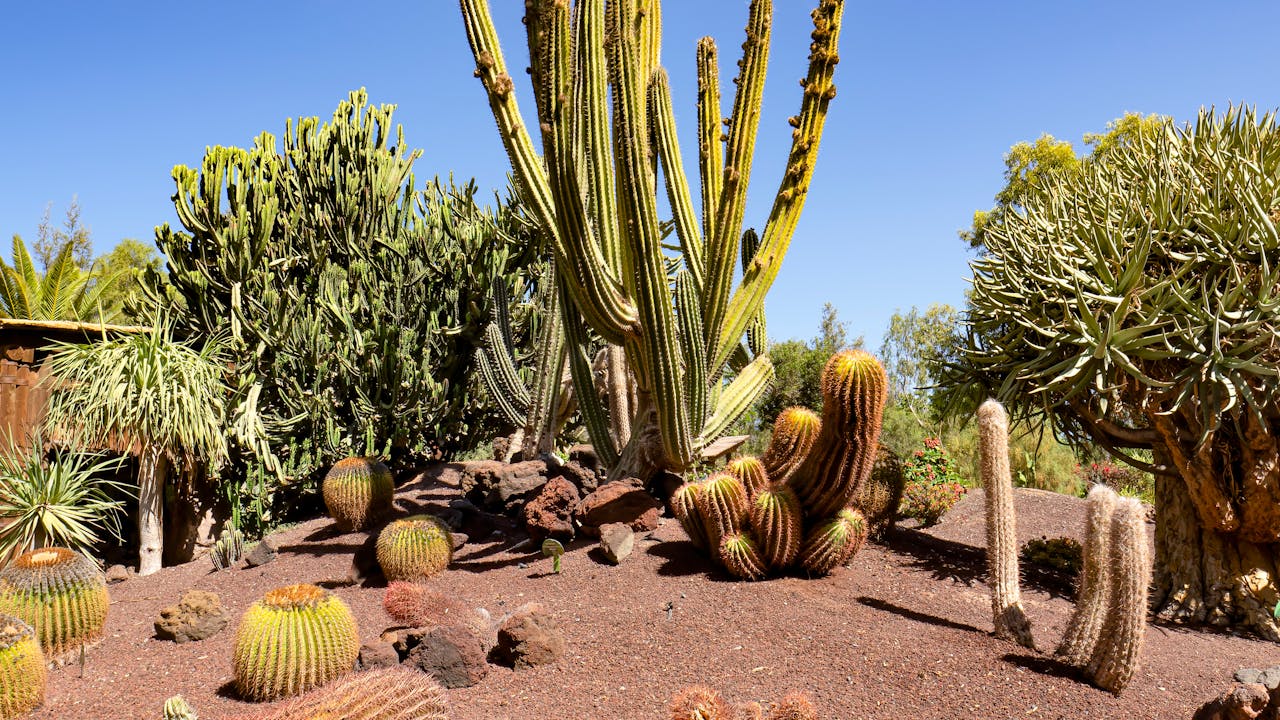
The Arrival of the Europeans: A Cultural Crossroads (1402 – Present)
The 15th century marked a significant turning point in Fuerteventura’s history. European explorers, led by the conquistadors, arrived on the shores in 1402. The ensuing clash of cultures was inevitable. Though fiercely resistant, the Majos, also known as Mahos, were ultimately overpowered by superior weaponry and tactics. Though their way of life was forever altered, their legacy lives on in place names like Antigua, specific agricultural practices, and the very spirit of resilience that permeates the island. With the arrival of the Spanish came a new wave of cultural and religious influence. Missions were established, particularly in the north around La Oliva, Spanish architecture rose alongside the traditional “casas cueva,” and the Christian faith took root.
RECOMMENDED: The Best Things to do in Fuerteventura.
From Wine to Bananas: An Island’s Ever-Shifting Economic Landscape (15th Century – Present)
For centuries, Fuerteventura’s economy thrived on agriculture. Lush vineyards, meticulously tended by the Majos and later the Spanish, flourished across the island, producing rich wines prized across Europe. Visitors today can experience the remnants of this era by exploring the Tacoronte-Acentejo wine region, where the volcanic soil continues to impart unique characteristics to the local wines. Sugarcane plantations also played a significant role in the island’s growth, their sweet success story fuelling the island’s prosperity in the 16th and 17th centuries. However, the 18th century witnessed the rise of a new golden crop: bananas. These yellow beauties, introduced from the Americas, quickly transformed Fuerteventura’s agricultural landscape, becoming a major export and a symbol of the island’s continued economic vitality.
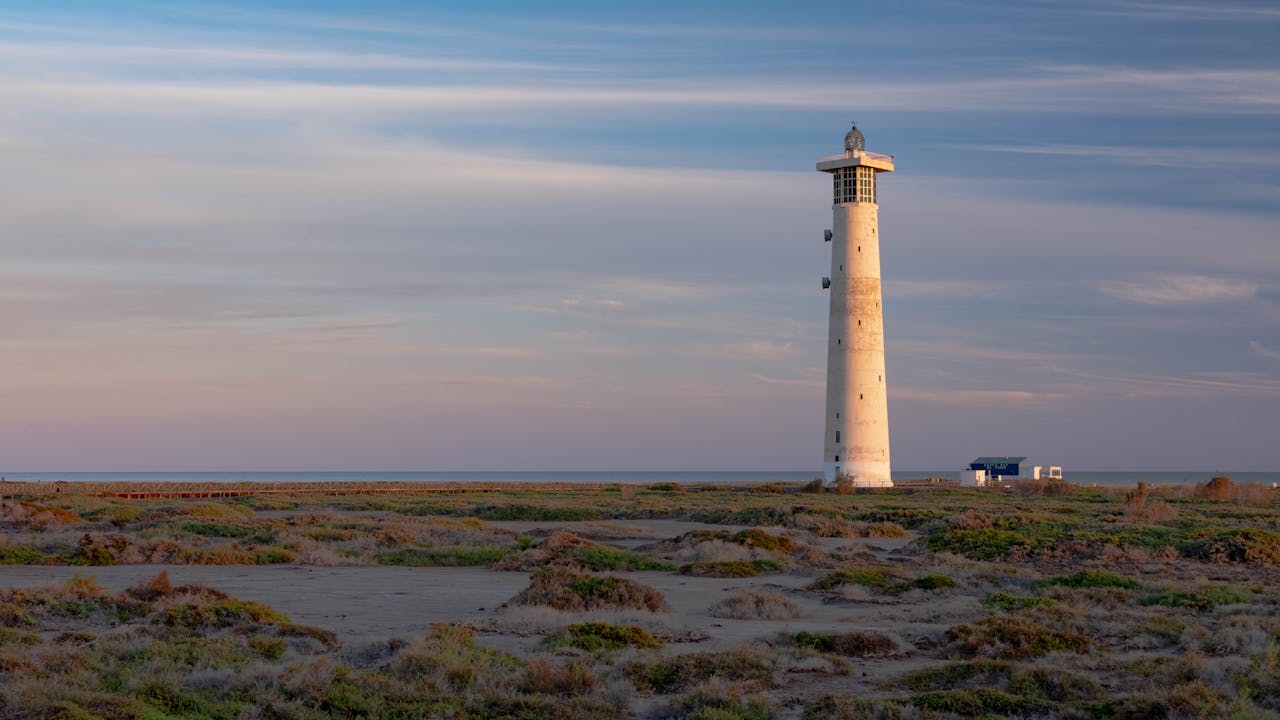
Sunsets and Sangria: The Rise of a Modern Paradise (19th Century – Present)
The 19th century saw a shift in Fuerteventura’s trajectory as the island’s natural beauty and warm climate began to attract a new kind of visitor. Wealthy Europeans, seeking refuge from the chill of their homelands, discovered Fuerteventura’s sunshine and breathtaking scenery. Early resorts began to appear in Puerto del Rosario and Corralejo, catering to these well-heeled travelers. This marked the dawn of modern tourism in Fuerteventura, a seed that would blossom into the thriving industry it is today.
Today, Fuerteventura stands as a testament to the passage of time. It’s a captivating blend of old and new, where the whispers of the Majos intertwine with the vibrant energy of the present. Historians continue to piece together the story of the Majos, unearthing artifacts and deciphering intricate symbols. Visitors can wander through charming historical towns like Betancuria, the first Spanish capital, and marvel at the architectural legacy of the past. Fuerteventura beckons with its unique blend of history.
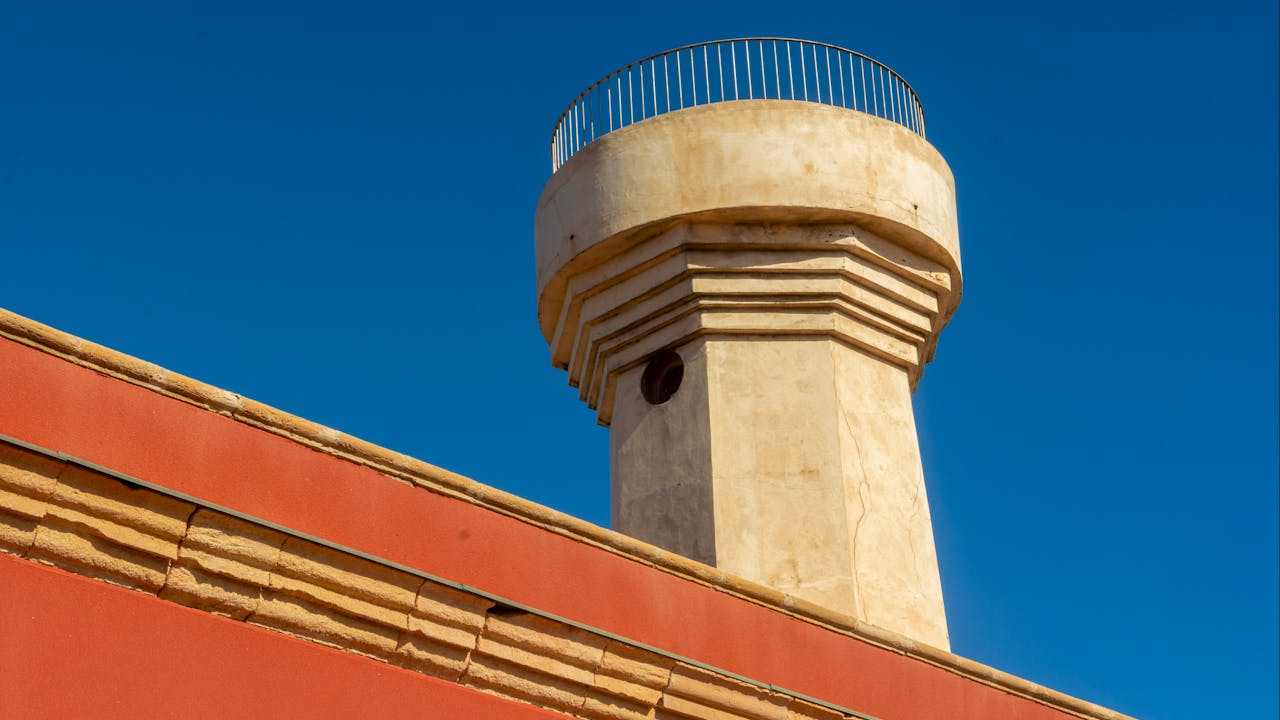
If you enjoyed this post please consider joining our Facebook group where we share more holiday guides/tips and tricks to make your holidays even more memorable.
If you are looking for some exciting activities to do whilst in Fuerteventura we have some great offers below;


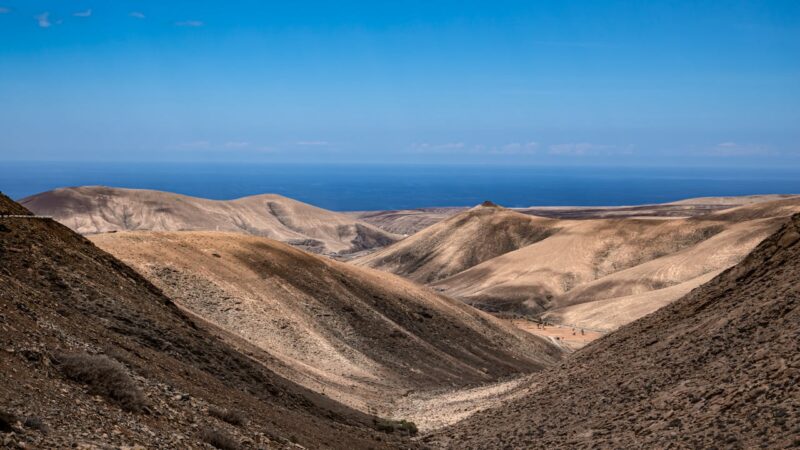
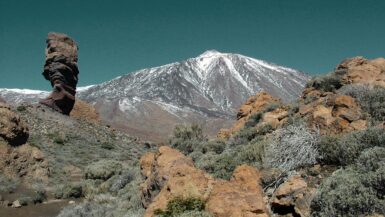
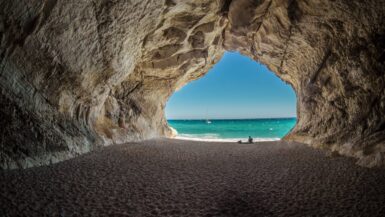
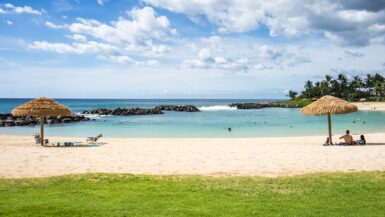


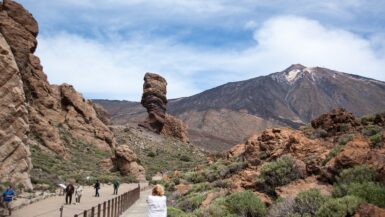
Leave a reply